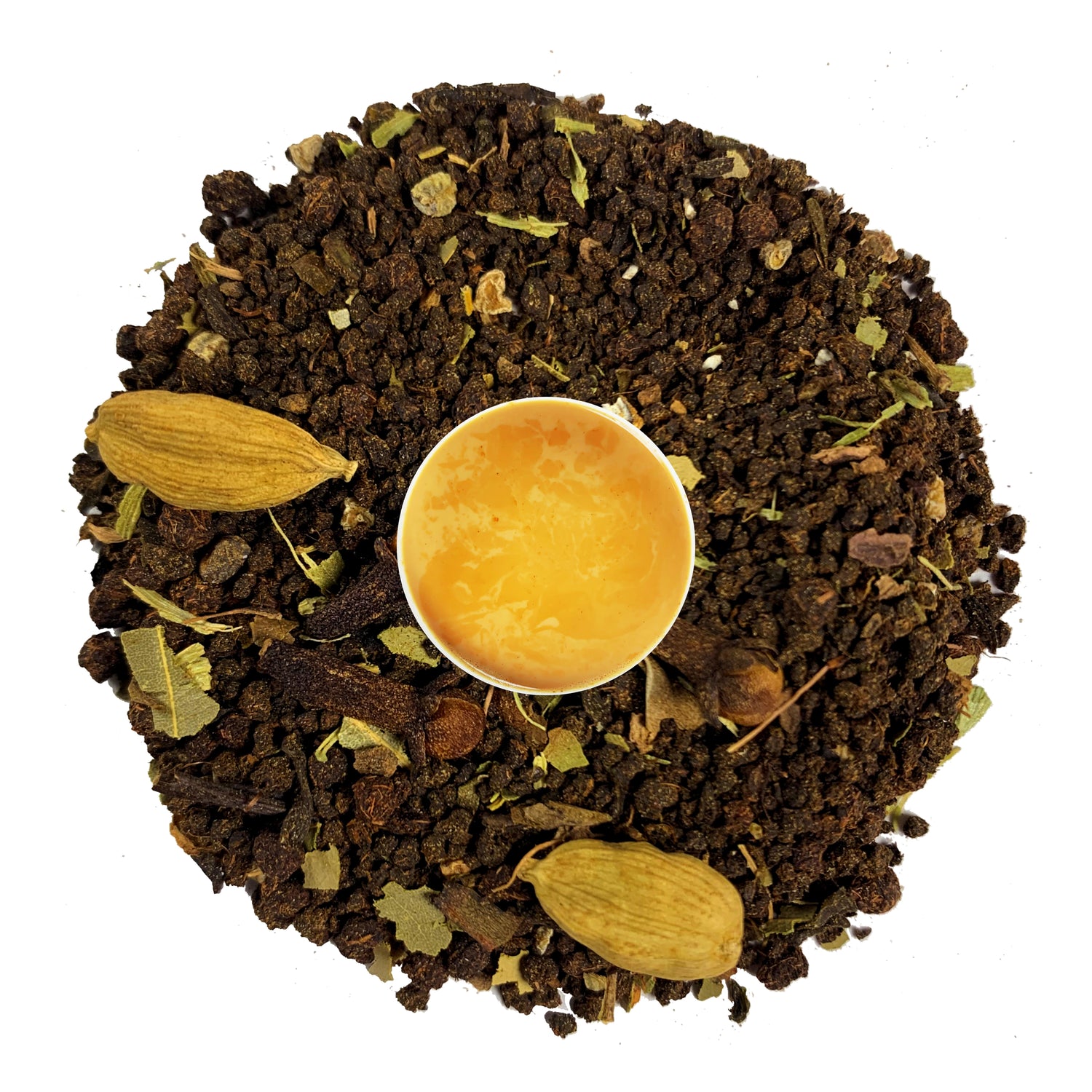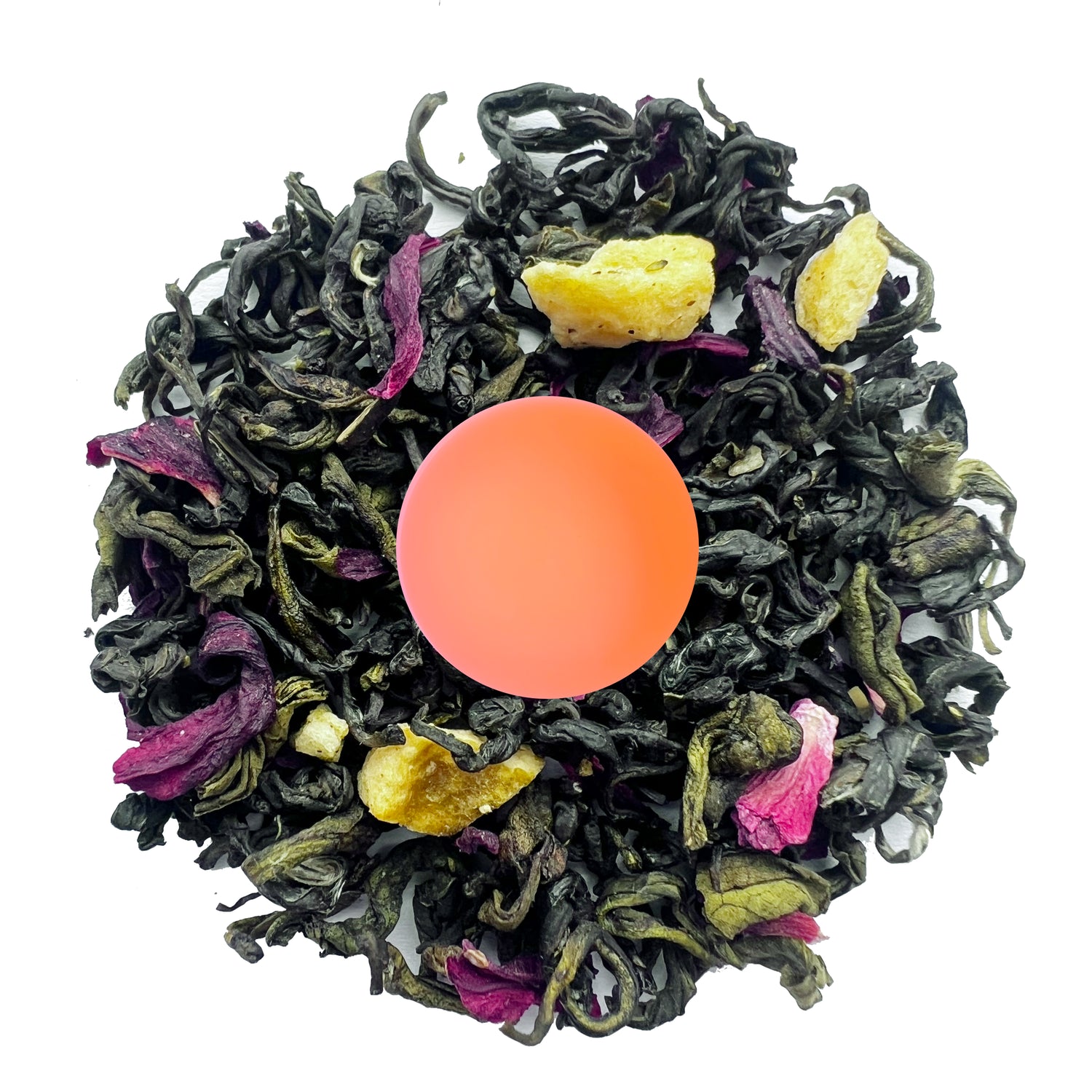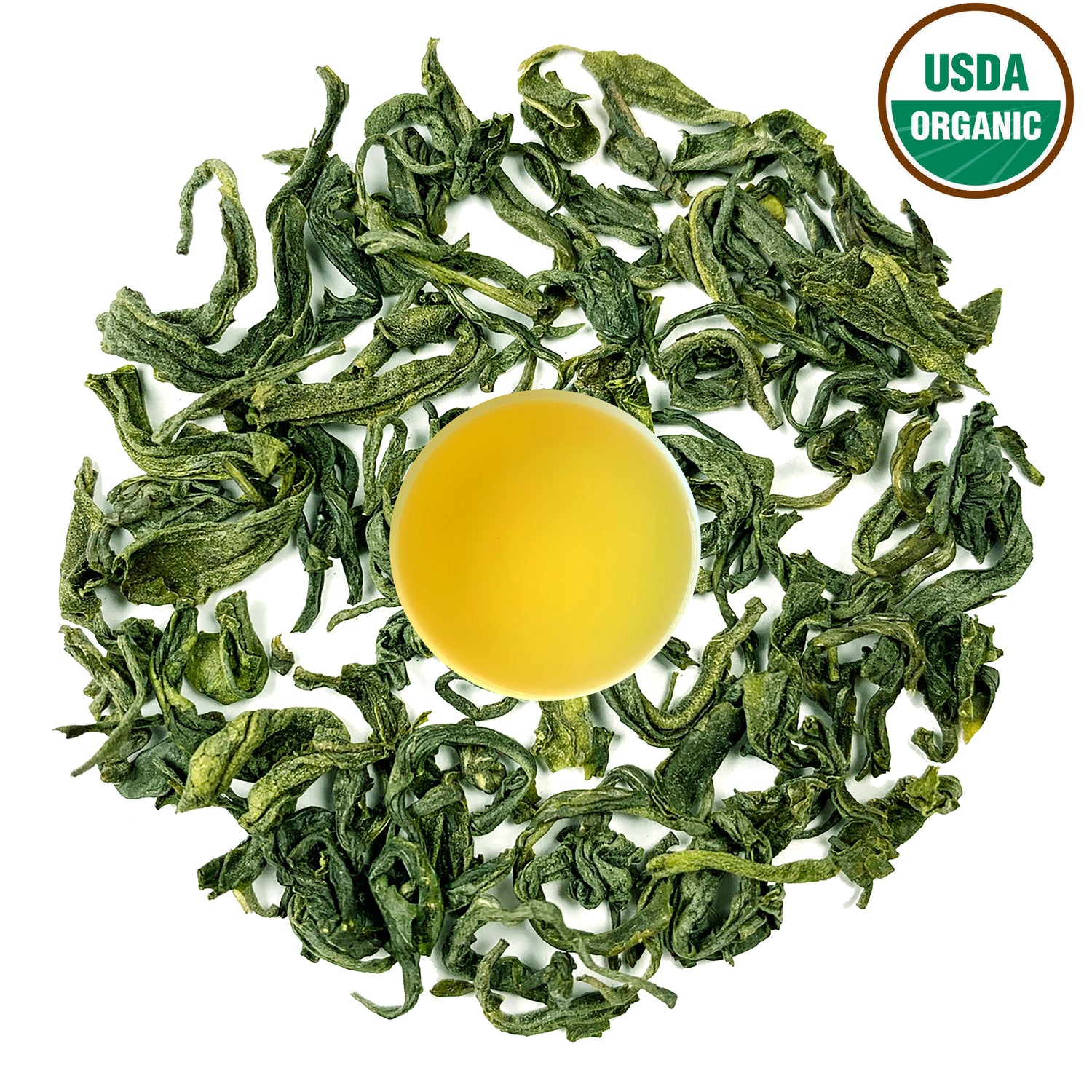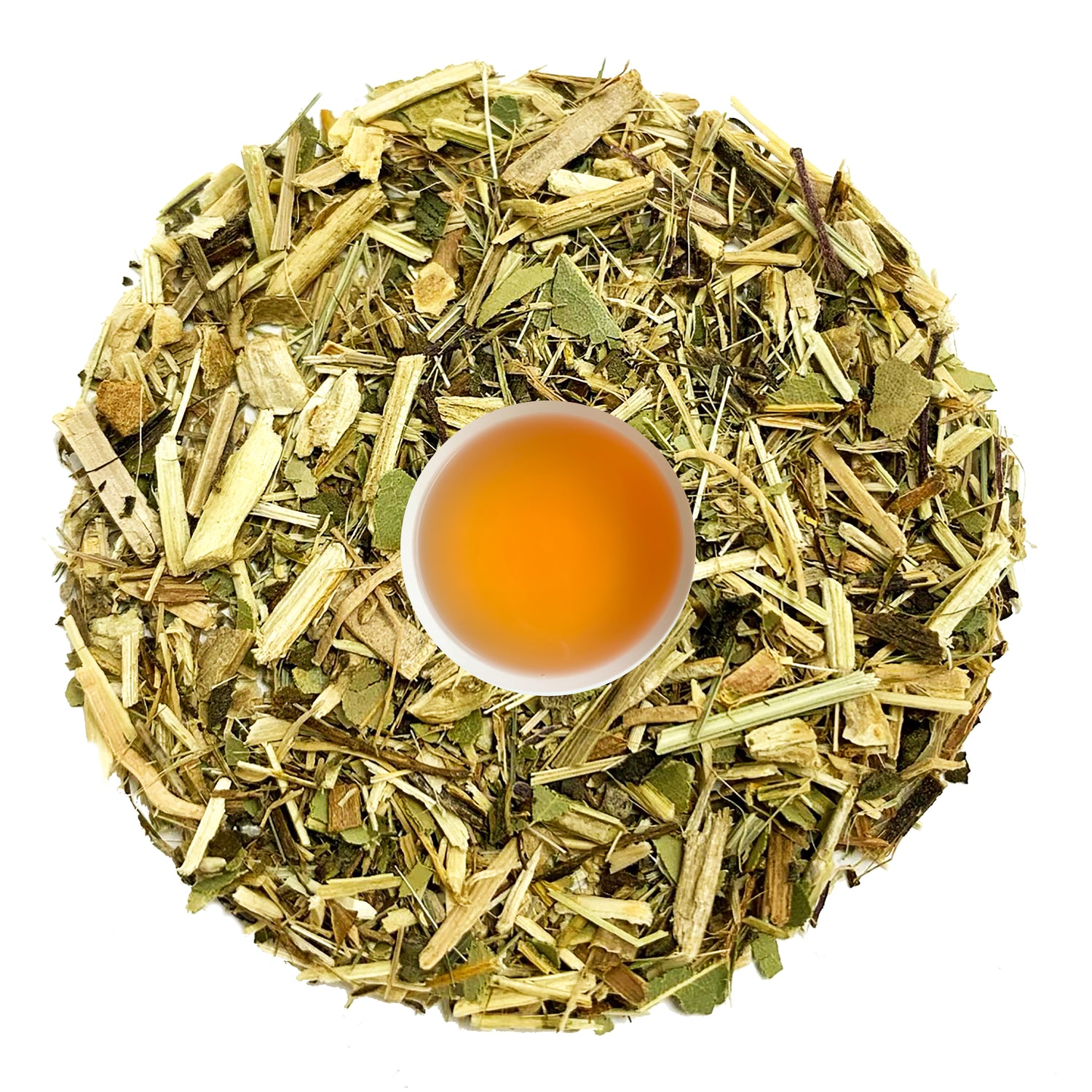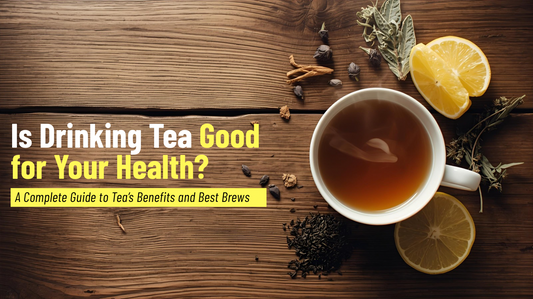
Hibiscus Tea vs Green Tea: Which One Should You Sip?
Hibiscus Tea vs Green Tea: Which One Should You Sip?
If you’ve ever stood in the tea aisle confused between picking that bright ruby-red hibiscus blend or the earthy green tea sachet, you’re not alone. These two teas are among the most talked-about in the wellness world. But which one really deserves a spot in your daily mug?
Let’s break down the differences, the benefits, and the little-known facts so you can sip smarter.
First, What Are They Made From?
- Green tea comes from the leaves of the Camellia sinensis plant. It's minimally processed and packed with natural antioxidants called catechins.
-
Hibiscus tea, on the other hand, is made from the dried petals of the Hibiscus sabdariffa flower. It’s technically an herbal tea (or “tisane”) and contains zero caffeine.
Caffeine Content: The Jitter Factor
- Green tea: Contains caffeine—usually around 20–45 mg per cup. Less than coffee, but still enough to give you a lift.
-
Hibiscus tea: Caffeine-free. You can sip it day or night without worrying about tossing and turning at 2 a.m.
So if you're sensitive to caffeine or just looking for a cozy bedtime option, hibiscus wins this round. But if you’re a “need a morning boost” person, green tea’s your friend.
Taste Test: Tart vs Earthy
- Green tea has a grassy, slightly bitter taste. Some people love it; others feel like they’re drinking a forest.
-
Hibiscus tea is tangy, fruity, and tart—almost like cranberry juice, but smoother.
Want something refreshing and zingy for summer? Go hibiscus. Want a warm, grounding morning ritual? Go green.
Antioxidant Showdown
Both teas are antioxidant powerhouses, but their benefits come from different compounds:
- Green tea: Loaded with catechins (especially EGCG), which help fight free radicals, reduce inflammation, and may protect your cells.
-
Hibiscus tea: Rich in anthocyanins—these are the same antioxidants found in blueberries and red grapes that help manage blood pressure and support heart health.
Translation? Both teas have strong antioxidant game. It’s less about “which is better” and more about which fits your needs.
Weight Loss & Metabolism: Do They Help?
- Green tea has been heavily studied for its fat-burning and metabolism-boosting abilities. The EGCG and caffeine combo may help increase energy expenditure.
-
Hibiscus tea may help reduce fat accumulation and improve lipid profiles, though more studies are needed. It's also great for bloating.
Looking for fat-burning support? Green tea edges ahead. Want to beat the bloat after a heavy meal? Hibiscus is a great option.
Blood Pressure Benefits
- Hibiscus tea is a rockstar for heart health. Studies show it may lower systolic and diastolic blood pressure significantly, especially in people with mild hypertension.
-
Green tea may help as well, but its blood pressure-lowering effects are less dramatic.
If you’re concerned about blood pressure, hibiscus tea is your herbal ally.
Skin & Anti-Aging
- Green tea: Known for anti-aging and skin-clarifying effects, both when consumed and applied topically. It may reduce UV damage and calm inflammation.
-
Hibiscus tea: Sometimes called “natural Botox” because it contains alpha hydroxy acids (AHAs) that support skin renewal.
Want glowing skin? Either tea can be your beauty buddy, but hibiscus might give your glow a fruity edge.
Best Time to Drink Each Tea
- Green tea: Morning or early afternoon (thanks, caffeine).
-
Hibiscus tea: Anytime—especially great as an iced tea or post-meal sipper.
Pro tip: Hibiscus tea makes an excellent summer cooler or mocktail base.
Side Effects and Who Should Avoid
- Green tea: Too much can cause sleep issues, heartburn, or iron absorption problems. Don’t drink it on an empty stomach.
-
Hibiscus tea: Can lower blood pressure, so avoid if you’re on meds for that. Also not recommended during pregnancy in large amounts.
Always chat with your doctor if you’re unsure.
Sustainability & Source
- Green tea has a long-standing presence in Asia, especially Japan and China. Now, even Nepal produces outstanding green teas like 29° Nepal Green Tea Leaves.
- Hibiscus is mostly grown in Africa, Southeast Asia, and Latin America. Look for organic or fair-trade options when possible.
Fun Ways to Enjoy Both Teas
- Hibiscus iced tea with lemon and mint = summer in a glass.
- Matcha lattes (a powdered form of green tea) = trendy, creamy energy boosts.
- Hibiscus tea lemonade = tangy and antioxidant-rich party drink.
-
Green tea smoothies = earthy goodness with a metabolism kick.
So... Which One Should You Choose?
Honestly, why choose? Here’s a quick guide:
|
Your Goal |
Best Tea |
|
Energy & focus |
Green tea |
|
Sleep & relaxation |
Hibiscus tea |
|
Weight loss support |
Green tea |
|
Bloating relief |
Hibiscus tea |
|
Glowing skin |
Both! |
|
High blood pressure |
Hibiscus tea |
Our Tea Picks:
- 29° Nepal Green Tea Leaves. – earthy, smooth, and full of antioxidants.
- 62° Hibiscus Green Tea (Herbal Blend) – a delicious fusion of green tea’s strength and hibiscus’s bold tang.
Final Sip: Pick Your Tea, Pick Your Mood
Both hibiscus tea and green tea are smart, tasty choices. Each offers something a little different. So why not stock both in your pantry and let your mood decide?
Whether you're chasing glow, focus, or just something to sip between Zoom calls, there's a cup for that.
FAQs
Q: Can I drink both teas in one day?
A: Absolutely! Start your day with green tea, and wind down with hibiscus.
Q: Is hibiscus tea better cold or hot?
A: It’s fantastic either way, but hibiscus iced tea is a summer favorite.
Q: Which tea is better for weight loss?
A: Green tea may help boost metabolism. Hibiscus can help reduce bloating.
Q: Can I mix green tea and hibiscus tea?
A: Yes! Try blending them for a tasty, balanced tea with double the benefits.




